Columns
Communist Party of Nepal (Bahunbadi)
Even if Nepal becomes a classless utopia, it will remain infested by caste hierarchy.
Mitra Pariyar
On April 22, 2024, major communist parties and splinters jointly celebrated the diamond jubilee of the Communist Party of Nepal (CPN). The CPN was established in 1949 under the leadership of Pushpa Lal Shrestha. Three years earlier, a democratic party, the Nepali National Congress, was launched. Starting with the overthrow of the autocratic Rana regime in 1951, both the right and the left have long collaborated to create a democratic and, ultimately, republican history.
It was thus apt to invite the Chair of Nepali Congress, Sher Bahadur Deuba, to the function. Yet, as Prof. Abhi Subedi noted, the jubilee celebration didn’t evoke much history. Nor was there a serious and meaningful self-reflection of the communist movement overall. Subedi rightly pointed out that it was a “theatrical” show featuring “a unique psyche of performance and ideology” (The Kathmandu Post, April 28, 2024).
It was also striking that there was no sense of jubilation among the Nepali population, including ethnic nationalities and the Dalit, whom the communists purport to represent. Why have the lower rungs of society lost interest in Marxism, Leninism and Maoism? Why do people now find the conceptual distinction between communists and non-communists so hollow?
Communist hoax
About two years ago, I visited some rural areas of Pyuthan district where, in the early 1950s, the communist leader Mohan Bikram Singh preached the communist ideology and urged the Dalit, ethnic people and other suppressed groups to rise. The place is still considered a communist heartland, the epicentre of the Maoist insurgency.
The popular communist slogans against casteism notwithstanding, I found that caste discrimination is highly prevalent in Pyuthan, too. As elsewhere in Nepal, the communist ideology and politics had failed to suppress religious or spiritual sentiments; thus the caste system was well preserved.
The situation in Pyuthan can be extended to the entire country, even though caste discrimination in the eastern parts is less severe. Part of the reason for the resiliency of caste hierarchy, despite dramatic constitutional and legal changes of recent decades, is the double standard of the elected rulers and politicians, especially those calling themselves communists.
Ideologically speaking, almost all leaders of the communist parties can be labelled “fake communists”. Had they been sincere about the communist ideology, these supposedly communist party leaders, including Prime Minister Pushpa Kamal Dahal—who led the 10-year bloody insurgency against the kingdom of Nepal and commanded his guerrillas to slaughter cows and destroy temples and humiliate the Bahun by tearing off their “sacred thread”—would not have been so keen on performing pujas and worshipping gods and goddesses wherever they go, including in India.
Ironically, communist parties enjoy great support from the Dalit community. Party leaders themselves have shed their communist ideologies in practice, yet loyal Dalits refuse to let go of their communist dreams. Bishwa Bhakta Dulal, “Ahuti,” is a well-known communist Dalit leader and public intellectual who believes Dalit freedom is possible only when Nepal becomes a classless society—once it resembles North Korea!
It is important to note, however, that the tides are turning. Many Dalits are beginning to understand how they have been cheated by the fake communists, slowly but surely.
Appropriated by Bahuns
The communist perplexity is typical of Nepal and India. If Karl Marx were alive today, he would probably struggle to understand how communist utopia and religious opium go hand in hand in South Asia! To get to the bottom of this critical question, one must study Dr Babasaheb Ambedkar.
Ambedkar was the principal architect of the 1950 Indian Constitution, social reformer and Dalit leader. Ambedkar’s world-famous intellectual and political ideas and principles, particularly those concerning Dalit freedom and revived Buddhism, are still relevant today. His numerous books include The Annihilation of Caste (1936), Who were the Shudras? (1946). They have, to some extent, supported Dalits and tribal groups from the rising tide of Hindu nationalist politics of Prime Minister Narendra Modi and his Bharatiya Janta Party.
Ambedkar deeply studied the communist ideology and movement and supported some core concepts. Yet he couldn’t accept communism as a doctrine for Dalit freedom. He correctly observed that while the Marxist philosophy was great, it had been ineffective in India because of its appropriation by the Brahmins.
According to Ambedkar, standing at the top of the social hierarchy and belonging to the priestly castes, a Brahmin cannot become a true communist. He further warned that if India ever achieved the dictatorship of the proletariat, it would turn out to be the dictatorship of the Brahmin. This view is accepted by many Dalit and other intellectuals in India, including Dalit rights activist and writer Kancha Ialaih Shepherd (his powerful ideas can be understood from his volumes like Why I am not a Hindu, 2001).
This analysis is very relevant to our politics. As in India, all our communist parties have been firmly controlled by the Bahuns. Even the Chhetris struggle to attain power there.
Abandon the communist dream
Following Ambedkar, Ilaiah,, and others, I do not believe a communist or socialist state is the ultimate solution to Dalit problems. How could we achieve liberation in a society where freedom of expression and association is tightly controlled? If Nepal were a socialist state now, this article wouldn’t have been published.
Many Dalits struggle to grasp that ours is essentially a caste problem—not a class problem. Yes, due to the political economy of the caste system, the proportion of the poor amongst Dalits is higher. However, it is also true that climbing up the class ladder does not enable a Dalit to escape the caste trap. Even the wealthy goldsmiths and tailors in Kathmandu, Pokhara, Butwal, Dharan and other towns face exclusion and humiliation.
Many ills and evils of capitalism have been discussed and debated worldwide. But, it is not the principal foe of the Dalit. For one thing, Dalits were categorised as the ritually impure Shudra and deprived of humanity long before the arrival of capitalism in this country. So, how can we entirely blame capitalism for our suffering?
I value some core Marxist principles, such as the state provision of food, education and health. But I don’t have faith in the communist utopia in a supposedly classless society. This hasn’t been achieved anywhere in the world, and even if Nepal becomes a classless society, it would still be a caste-infested society. The leaders and key players would still be the Bahun men.
Caste did not stop biting the Dalits among the Bhutanese refugees languishing in camps in eastern Nepal, even though there was class equality. Therefore, Dalits must stop being loyal to the communist ideology as it has been appropriated by Brahmanism. They must also stop being fooled by the supposedly communist leaders from the upper-caste communities. They should instead turn towards Ambedkarism, a powerful ideology developed by a Dalit for the Dalit.




 5.39°C Kathmandu
5.39°C Kathmandu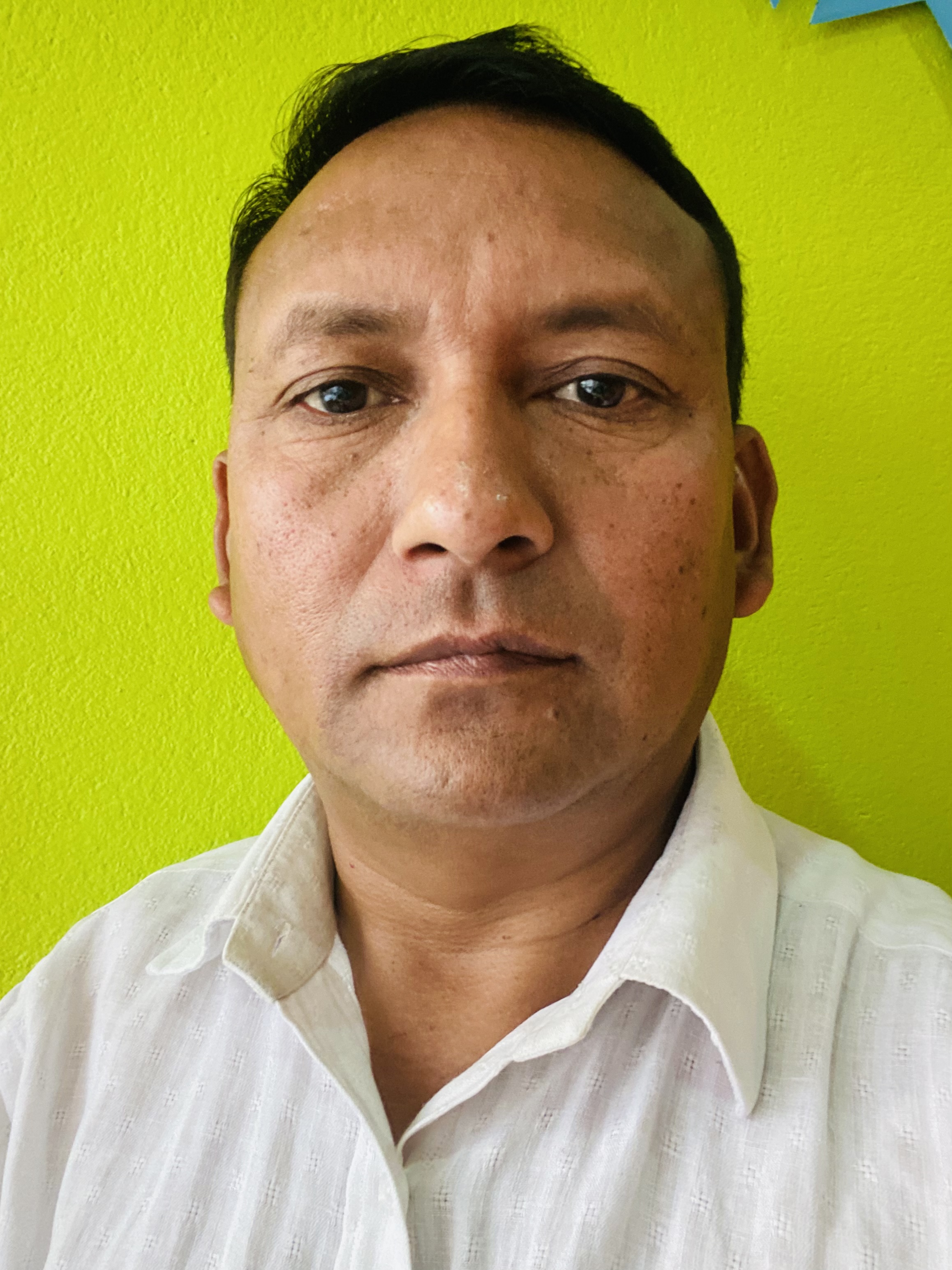


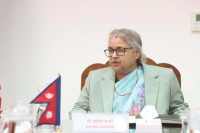

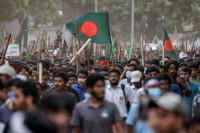
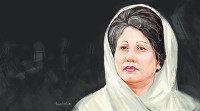
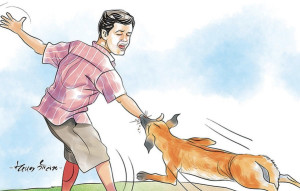

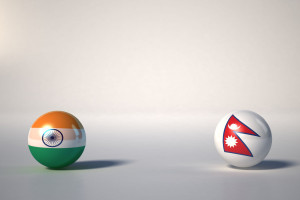

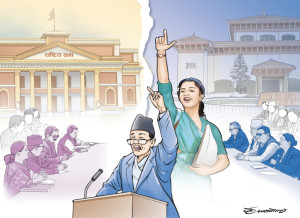


%20(1).jpg&w=300&height=200)

